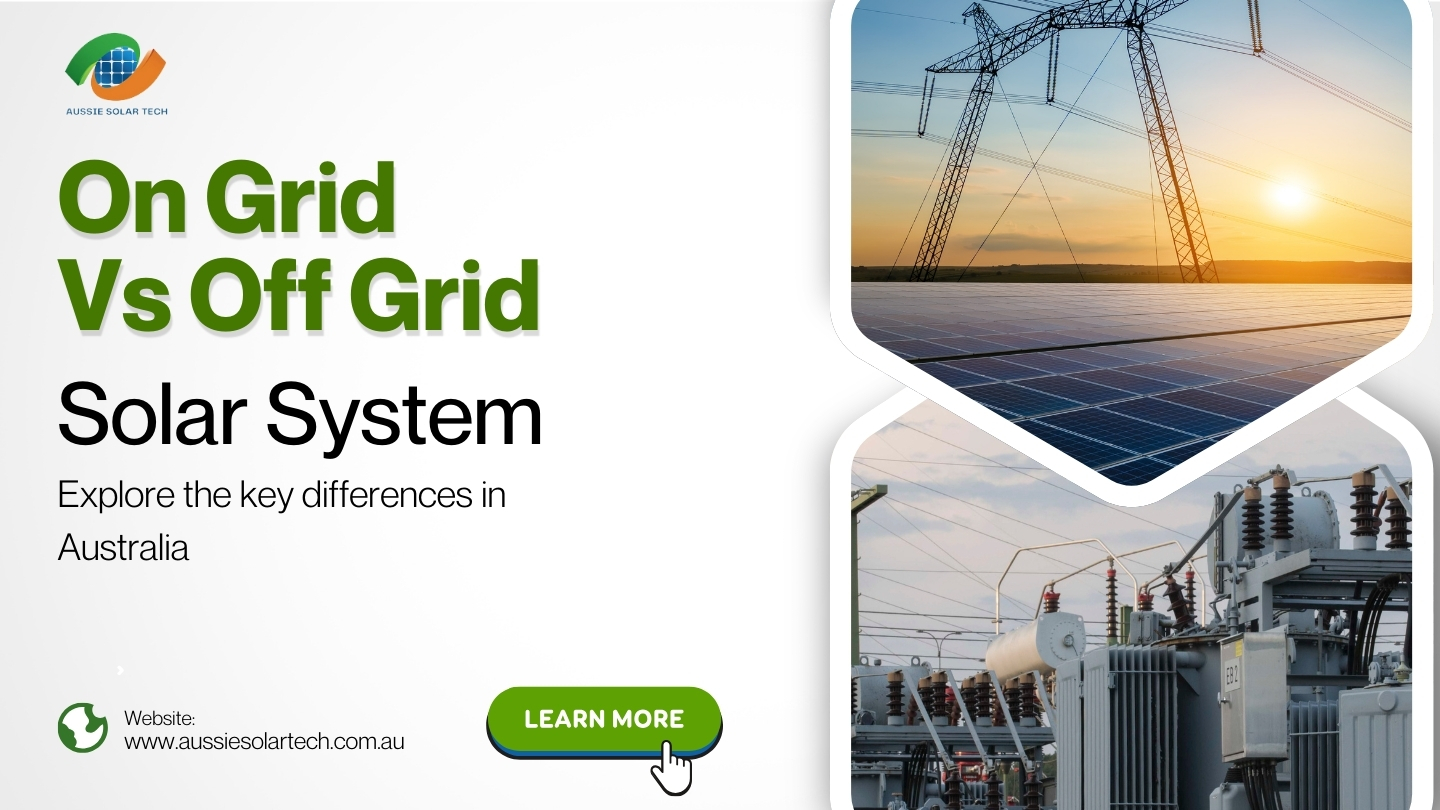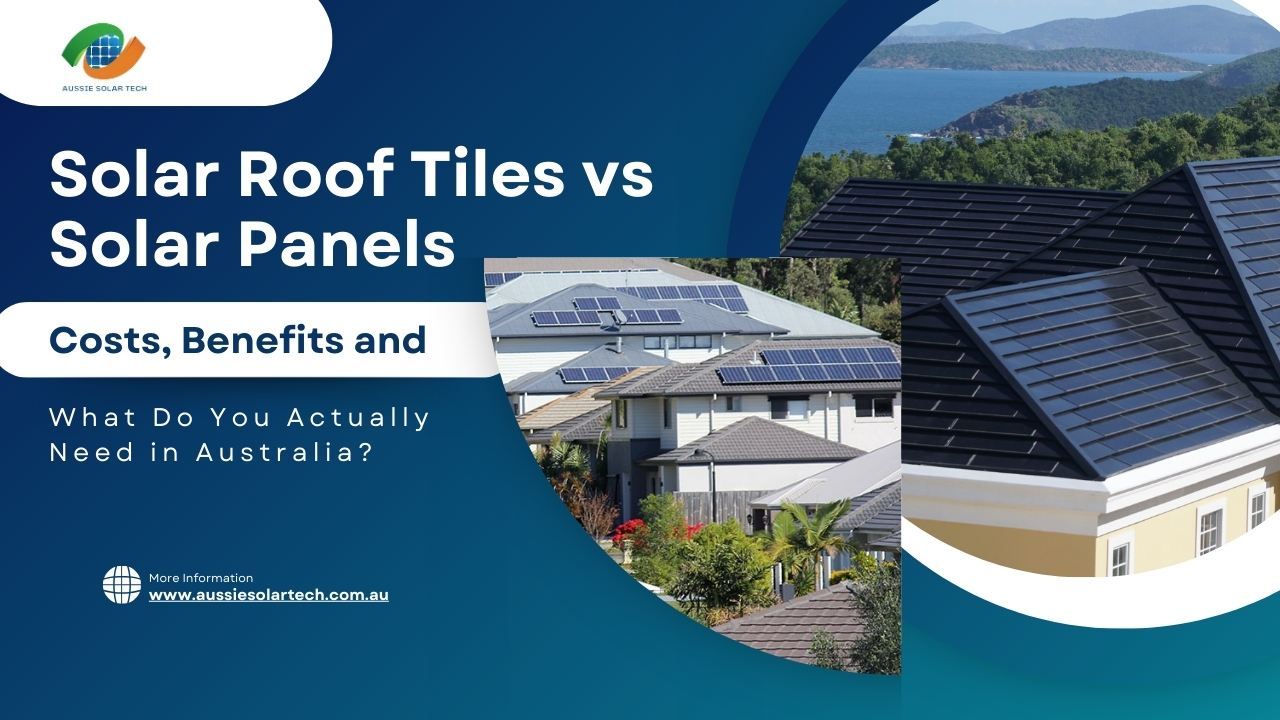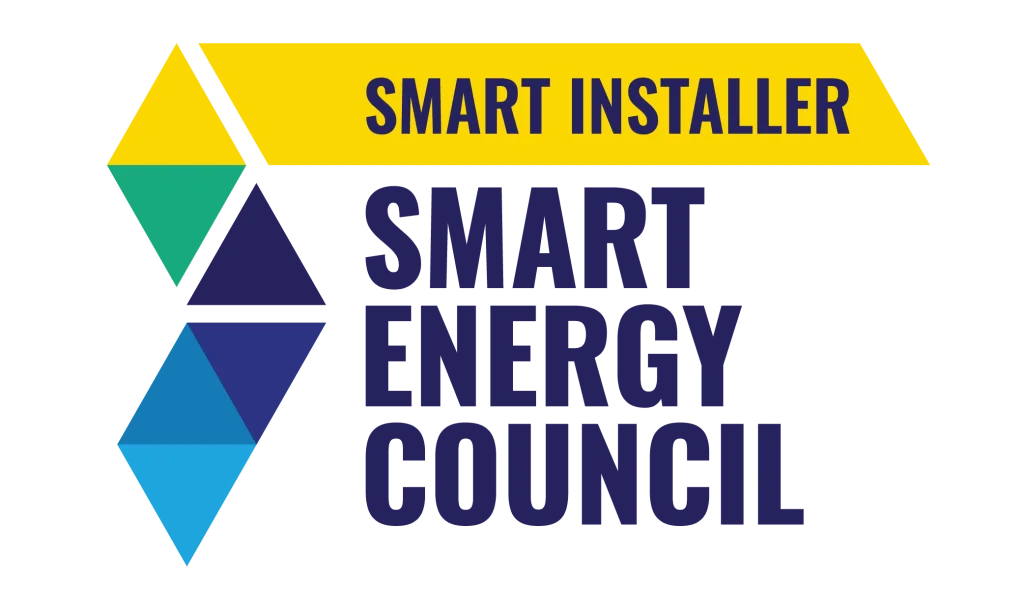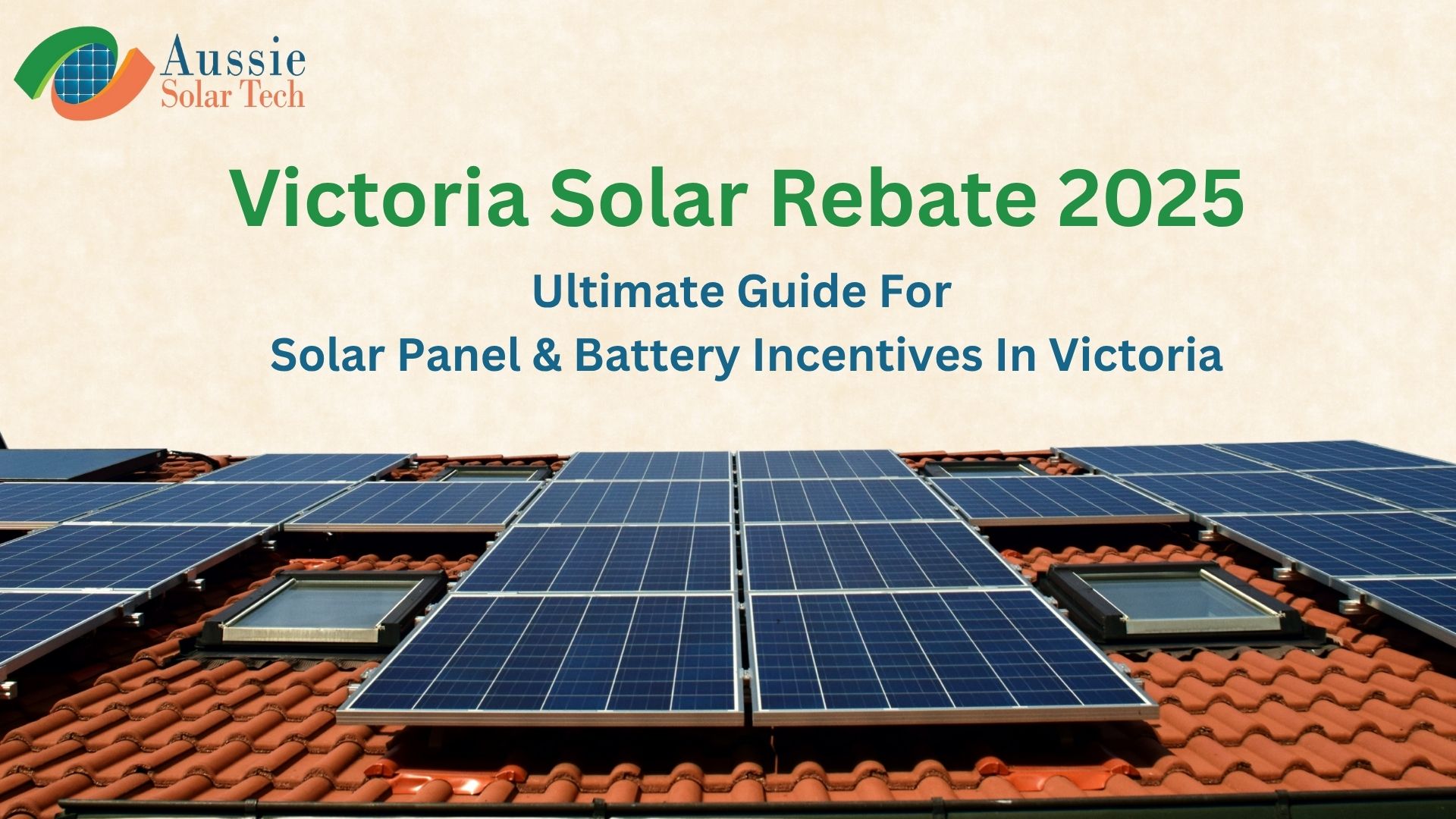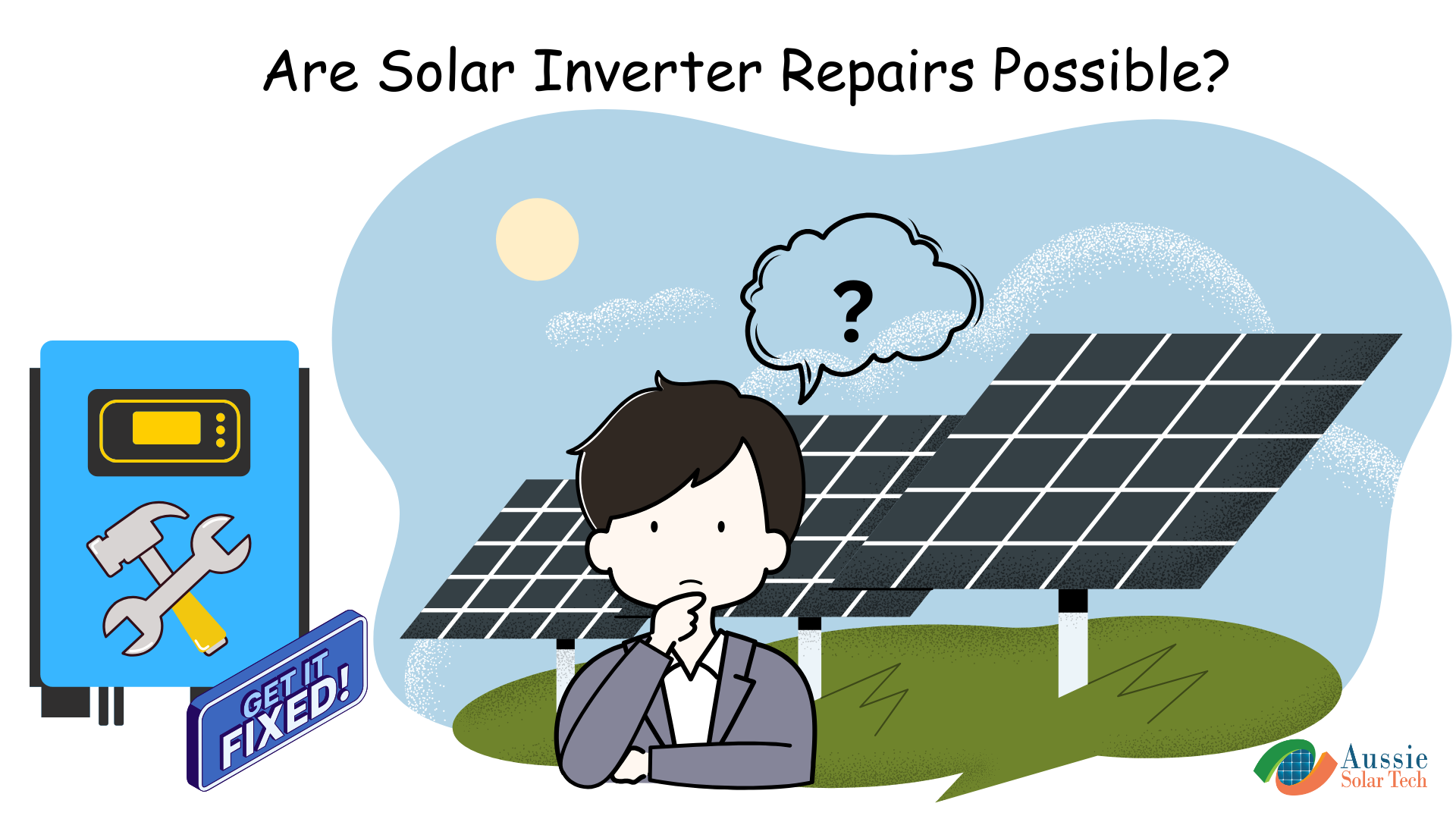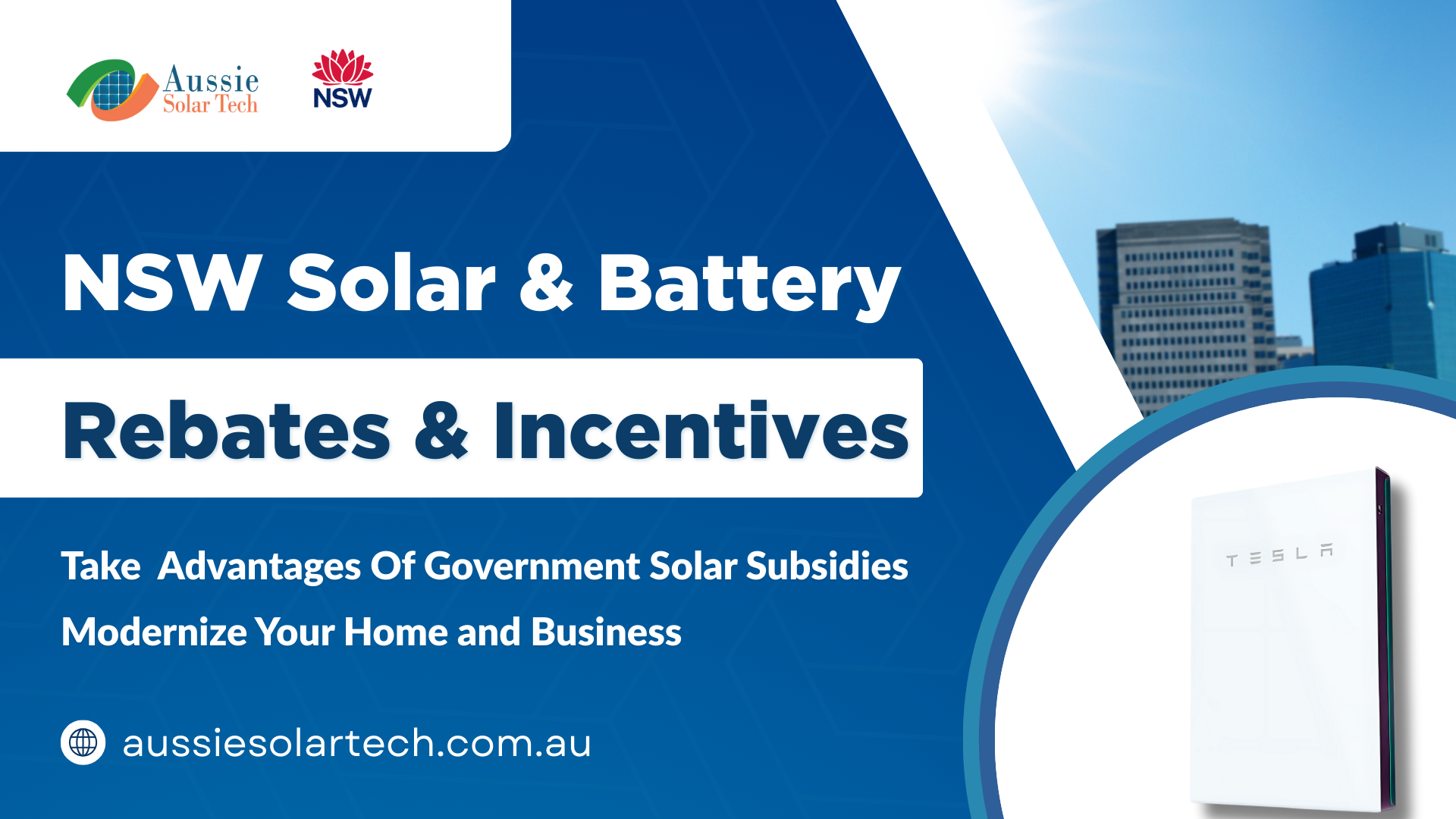The Ultimate Guide to Government Incentives for Solar Power in Australia

In This Article
ToggleGovernment incentives for solar power in Australia play a crucial role in accelerating the nation’s shift toward renewable energy. Australia, bathed in abundant sunshine, offers immense potential for harnessing solar energy. To encourage a wider adoption of solar power systems, the Australian government has implemented a series of incentives designed to make solar ownership more affordable and accessible. This blog post will delve into the various government incentives available across the country, with a particular focus on the Small-Scale Renewable Energy Scheme (SRES) and state-specific programs. By understanding these incentives, homeowners and businesses can make informed decisions about embracing solar power and reaping the associated benefits.
What Is The Small-Scale Renewable Energy Scheme (SRES)
The Small-Scale Renewable Energy Scheme (SRES) is a cornerstone of Australia’s renewable energy policy, designed to stimulate investment in small-scale renewable energy projects. It operates as a market-based mechanism that encourages the adoption of solar, wind, hydro, and other renewable energy technologies.
How the SRES Works
The Small-scale Renewable Energy Scheme (SRES) plays a crucial role in Australia’s broader renewable energy strategy, encouraging the adoption of renewable energy technologies by providing financial incentives.
At the core of the SRES is the concept of Small-Scale Technology Certificates (STCs).
These certificates represent a significant aspect of the scheme, designed to lower the upfront costs of installing renewable energy systems like rooftop solar panels, solar water heaters, wind turbines, and hydro systems for households and small businesses.
Understanding Small-Scale Technology Certificates (STCs)
STCs are generated by eligible renewable energy systems based on their estimated energy output over a 10-year period. This output is calculated based on several factors, including the system’s size, location, and the amount of sunlight or wind available at the installation site. For instance, each megawatt-hour (MWh) of renewable energy that a system is expected to generate equates to one STC.
The more energy the system is projected to produce, the more STCs it will generate, directly translating into greater financial incentives for the system owner.
How STCs Work in Practice
Once a renewable energy system is installed, the system owner can create STCs, which are then eligible for sale. System owners have two primary options when it comes to their STCs.
They can either:
Assign the Rights to the STCs to the Installer or Agent: This is the most common approach, where the system owner assigns the rights to their STCs to the installer or a third-party agent in exchange for an upfront discount on the system’s installation cost. This option simplifies the process for the system owner, as the installer or agent handles the sale of the STCs.
Sell the STCs Independently: Alternatively, the system owner can choose to sell the STCs themselves on the open market. This option might provide a higher return, depending on market conditions, but it also involves more complexity and potential risks, as STC prices can fluctuate.
The Role of Electricity Retailers
Electricity retailers in Australia are obligated under the Renewable Energy Target (RET) to purchase a certain amount of renewable energy certificates, including STCs, to meet their mandatory renewable energy quotas. This creates a market for STCs, where retailers buy the certificates to comply with their legal obligations.
The demand from retailers helps maintain the value of STCs, providing a financial incentive for individuals and businesses to invest in renewable energy systems.
The Broader Impact of the SRES and STCs
The SRES, through the mechanism of STCs, significantly reduces the cost barrier associated with adopting renewable energy technologies. This has been a major driver behind the widespread installation of rooftop solar panels across Australia.
By lowering the upfront costs and providing a clear financial benefit, the SRES encourages more households and small businesses to switch to renewable energy sources, contributing to the country’s overall renewable energy generation and reducing carbon emissions. Furthermore, the creation and trading of STCs support the renewable energy market by increasing the demand for renewable energy technologies and fostering the development of a more sustainable energy infrastructure.
As more systems are installed and generate STCs, the overall impact on the national grid is positive, leading to a gradual shift away from fossil fuel dependence.
The Benefits of Small-Scale Renewable Energy Scheme (SRES)
Financial Incentives
The foremost benefit of the Small-scale Renewable Energy Scheme (SRES) is the substantial financial incentive it offers to homeowners and businesses. By generating and selling Small-Scale Technology Certificates (STCs), individuals can significantly reduce the upfront costs associated with installing renewable energy systems like solar panels, wind turbines, and solar water heaters.
This financial support makes clean energy technologies more accessible and affordable, encouraging more people to make the switch to renewable energy.
Accelerated Renewable Energy Adoption
The SRES has been a key driver in the rapid adoption of solar power and other renewable energy technologies across Australia. By lowering the cost barriers, the scheme has made it easier for a wide range of people to invest in clean energy solutions. This accelerated adoption has led to a dramatic increase in the number of renewable energy systems installed nationwide, positioning Australia as a global leader in solar power utilization.
Environmental Benefits
One of the critical advantages of the SRES is its contribution to environmental sustainability. By promoting the widespread use of renewable energy sources, the scheme helps reduce greenhouse gas emissions, thereby playing a crucial role in mitigating the impacts of climate change. The shift from fossil fuels to renewable energy under the SRES not only lowers Australia’s carbon footprint but also sets a positive example for other nations to follow.
Market Development
The SRES has also been instrumental in developing a thriving market for renewable energy technologies. By creating demand for products like solar panels and solar water heaters, the scheme has spurred competition among manufacturers and service providers. This increased competition has driven innovation, improved product quality, and led to significant cost reductions over time. As a result, renewable energy technologies have become more efficient and affordable, further boosting their adoption across the country.
Job Creation and Economic Growth
In addition to its environmental and financial benefits, the SRES has contributed to job creation and economic growth. The growing demand for renewable energy systems has led to an increase in jobs within the renewable energy sector, including roles in manufacturing, installation, maintenance, and sales.
This growth has provided new economic opportunities and supported the development of a skilled workforce focused on sustainable energy solutions.
Long-term Energy Security
By encouraging the adoption of renewable energy systems, the SRES enhances Australia’s long-term energy security. With more households and businesses generating their own clean energy, the country becomes less reliant on imported fossil fuels and more resilient to fluctuations in global energy markets. This increased energy independence helps stabilize energy prices and ensures a more sustainable and secure energy future for all Australians.
Factors Affecting STC Values
The value of a Small-Scale Technology Certificate (STC) can fluctuate based on several factors. Understanding these factors can help homeowners and businesses make informed decisions about when to sell their STCs.
Key Factors Affecting STC Values
Market Demand: The primary driver of STC values is market demand. If there’s a high demand for STCs from electricity retailers to meet their Renewable Energy Target (RET) obligations, the price of STCs will tend to increase.
Conversely, if there’s a surplus of STCs, the price may decline.
Renewable Energy Target (RET): The RET sets the overall amount of renewable energy that must be generated in Australia. Changes to the RET can significantly impact STC values. An increase in the RET generally leads to higher STC prices, while a decrease can have the opposite effect.
Carbon Price: While Australia no longer has a carbon price, it’s worth mentioning that in the past, changes in the carbon price could indirectly affect STC values. A higher carbon price often led to increased demand for renewable energy, thereby boosting STC prices.
Number of New Installations: The number of new solar power systems installed in a given period can influence STC values. A surge in installations can temporarily increase the supply of STCs, potentially putting downward pressure on prices.
Economic Conditions: General economic conditions can also impact STC values. For example, during economic downturns, demand for electricity may decrease, leading to lower STC prices.
Government Policies: Changes in government policies related to renewable energy can affect STC values. For instance, the introduction of new incentives or subsidies for solar power may increase demand for STCs. It’s important to note that STC values can be volatile and can fluctuate over time.
Therefore, it’s advisable for homeowners and businesses to monitor STC prices and market conditions before deciding when to sell their certificates.
State-Specific Incentives for Solar Power in Australia
While the federal Small-Scale Renewable Energy Scheme (SRES) provides a robust foundation for solar power adoption across Australia, individual states and territories have recognized the importance of further promoting renewable energy at a local level. These state-specific programs often build upon the SRES by offering additional financial incentives, rebates, and support tailored to the unique needs and goals of each region. Below is a detailed exploration of the solar incentives provided by various Australian states and territories, highlighting how these programs are contributing to the nation’s renewable energy landscape.
Overview of State-Specific Incentives
Australia’s diverse climate and geography mean that different states and territories may have varying priorities and challenges when it comes to renewable energy. To address these differences, state governments have implemented a range of incentive programs designed to encourage the uptake of solar power and related technologies. These incentives often complement the SRES by targeting specific aspects of solar adoption, such as battery storage, low-income household access, or grid stability.
Importantly, these programs can evolve over time, so it’s essential for homeowners and businesses to check with their state government for the most up-to-date information.
Victoria: Solar Homes Program
Victoria’s Solar Homes program is one of the most comprehensive and ambitious solar incentive initiatives in Australia. Launched in 2018, this program aims to increase the accessibility of solar power for Victorian households and renters.
The key features of the Solar Homes program include:
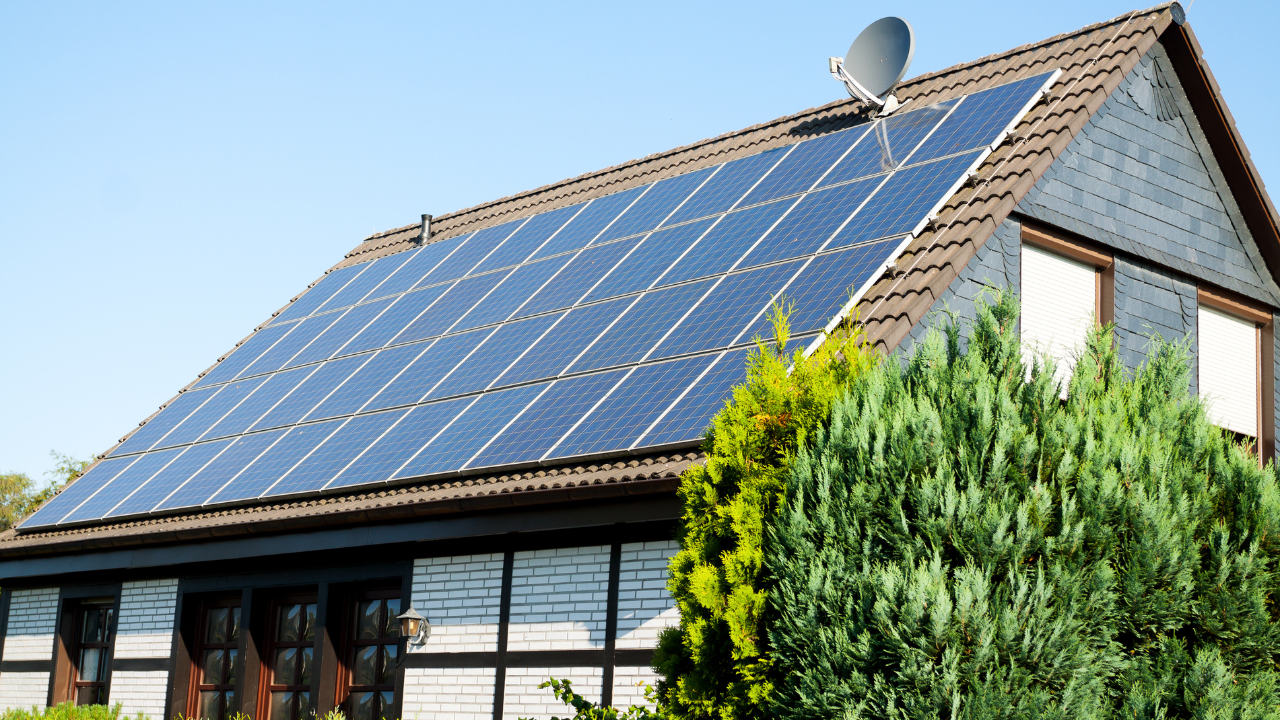
Solar Panel Rebates: Homeowners can receive significant rebates on the installation of solar photovoltaic (PV) panels. This rebate covers a substantial portion of the installation cost, making solar power more affordable for a wide range of households.
Solar Hot Water Rebates: In addition to solar PV systems, the program offers rebates for the installation of solar hot water systems, helping households reduce their energy bills and environmental footprint.
Solar Battery Rebates: Recognizing the growing importance of energy storage, Victoria also provides rebates for solar battery systems. These rebates help households store excess solar energy for use during peak times, enhancing energy independence and reducing reliance on the grid.
Interest-Free Loans: To further ease the financial burden, the program offers interest-free loans to cover the remaining cost of solar installations after rebates are applied. This allows homeowners to pay off their solar systems over time without incurring additional costs. Victoria’s commitment to renewable energy is evident in the scale and scope of the Solar Homes program, which aims to install solar systems on 700,000 homes over 10 years. This initiative not only helps reduce greenhouse gas emissions but also creates jobs and supports local industries in the renewable energy sector.
South Australia: Home Battery Scheme
South Australia has positioned itself as a leader in battery storage technology, recognizing the critical role that batteries play in enhancing grid stability and supporting the transition to renewable energy. The Home Battery Scheme is a key component of South Australia’s renewable energy strategy, offering financial incentives for households to install solar batteries alongside their solar PV systems.
Key aspects of the scheme include:
Battery Subsidies: The scheme provides a substantial subsidy for the purchase and installation of home battery systems. The subsidy amount varies depending on the size of the battery and the applicant’s eligibility, with higher subsidies available for low-income households.
Grid Stability and Energy Independence: By encouraging the installation of home batteries, the scheme aims to reduce the state’s reliance on fossil fuels, improve grid stability, and empower households to become more energy-independent. Households with solar batteries can store excess energy generated during the day and use it during the evening or during power outages.
Virtual Power Plant Participation: The scheme also supports the development of virtual power plants (VPPs), where connected battery systems can be aggregated to provide energy to the grid during peak demand periods. This innovation helps reduce the strain on the grid and lowers electricity costs for participants.
South Australia’s focus on battery storage through the Home Battery Scheme is a forward-thinking approach that addresses both current energy challenges and future needs, positioning the state as a pioneer in renewable energy solutions.
New South Wales: Empowering Homes Program
New South Wales (NSW) has introduced the Empowering Homes program, which is designed to make solar battery systems more accessible to homeowners. This initiative is part of NSW’s broader strategy to increase renewable energy adoption and reduce carbon emissions.
The key features of the Empowering Homes program include:
Interest-Free Loans: Homeowners in NSW can apply for interest-free loans to cover the cost of installing solar battery systems. This financial support allows households to install advanced energy storage solutions without the burden of upfront costs, making it easier to manage energy expenses over time.
Time-of-Use Tariff Optimization: The program encourages homeowners to take advantage of time-of-use tariffs, which charge different rates for electricity depending on the time of day. By using stored solar energy during peak periods, homeowners can significantly reduce their electricity bills.
Grid Reliability and Demand Management: The adoption of solar batteries through this program also contributes to greater grid reliability. By reducing peak demand, the program helps stabilize the electricity grid and minimize the need for additional infrastructure investment. The Empowering Homes program is an important part of NSW’s efforts to create a sustainable energy future, helping households lower their energy costs while contributing to the state’s renewable energy targets.
Queensland: Battery Booster Program (Note: This program has ended)
Queensland’s Battery Booster program, though no longer active, was an important initiative aimed at promoting the adoption of solar battery storage in the state. The program offered subsidies to help homeowners offset the cost of purchasing and installing home battery systems. While the program has ended, it reflects Queensland’s ongoing commitment to renewable energy and its recognition of the importance of battery storage in enhancing the benefits of solar power.
Subsidies for Battery Systems: The Battery Booster program provided financial assistance to homeowners, making it more affordable to invest in solar battery storage. This support helped increase the number of households with energy storage capabilities, allowing them to maximize the use of their solar energy.
Support for Renewable Energy Transition: Although the program has concluded, it played a role in advancing Queensland’s renewable energy goals and supporting the state’s transition away from fossil fuels. The Battery Booster program serves as an example of how state-level incentives can drive the adoption of emerging technologies and support the broader shift towards sustainable energy solutions.
Comparison of Incentive Packages
| State | Incentive Type | Key Features |
|---|---|---|
| Victoria | Rebates, loans | Solar panels, hot water, batteries |
| South Australia | Rebates | Home battery systems |
| New South Wales | Loans | Solar battery systems |
| Queensland | (Ended) Rebates | Home battery systems |
| Other States | Varies | Check with the state government |
Note: This table provides a general overview and may not include all available incentives.
In addition to the specific programs mentioned above, other Australian states and territories offer their own solar incentives and support mechanisms.
These may include:
Feed-in Tariffs: Some states offer feed-in tariffs, where homeowners receive payments for the excess solar energy they export back to the grid. While feed-in tariffs have generally decreased over time, they still provide a financial incentive for solar system owners to maximize their energy production.
Rebates for Low-Income Households: Certain states provide targeted rebates or support programs for low-income households, helping to ensure that all segments of the population can benefit from solar power.
Energy Efficiency Programs: Some states combine solar incentives with broader energy efficiency programs, offering additional rebates or support for households that implement energy-saving measures alongside solar installations. These programs not only provide additional financial support to homeowners and businesses but also drive innovation, enhance grid stability, and contribute to Australia’s overall renewable energy targets.
As these programs evolve, they continue to shape the renewable energy landscape, making solar power more accessible and affordable for all Australians.
How to Claim Solar Incentives
The process of claiming solar incentives can vary significantly depending on the specific program and the state or territory you reside in.
However, there are some general steps that often apply:
Research Available Incentives: Identify the solar incentive programs available in your region. This might include federal, state, and local incentives.
Meet Eligibility Requirements: Ensure that your solar system and installation meet the eligibility criteria for the incentives you’re interested in. This may involve factors such as system size, installation date, and homeowner status.
Gather Necessary Documentation: Prepare all required documentation, such as invoices, permits, and system specifications.
Submit Application: Complete and submit the application form for the desired incentive program. This may involve online submission, mailing, or in-person delivery.
Provide Supporting Documentation: Be prepared to provide additional documentation as requested by the incentive program administrator.
Follow Up: Monitor the status of your application and follow up if necessary to ensure timely processing.
Importance of Seeking Professional Advice
Navigating the complexities of solar incentives can be overwhelming. Seeking advice from a qualified solar installer or tax professional can help you:
- Identify eligible incentives
- Understand the application process
- Maximize your potential savings
- Ensure compliance with all requirements
Contact Information for Relevant Government Departments or Agencies
To obtain specific information about solar incentives and the application process, contact the following:
- Australian Government Clean Energy Regulator: This is the primary agency responsible for overseeing renewable energy programs in Australia.
- State or Territory Government Departments: Contact the relevant department responsible for energy or environment in your state or territory.
- Local Government Offices: Some local governments offer additional incentives or rebates.
By following these steps and seeking professional advice, you can increase your chances of successfully claiming available solar incentives and maximizing the financial benefits of your solar power system.
Frequently Asked Questions
What are the main government incentives for solar power in Australia?
Australia’s solar journey is strongly supported by the federal Small-scale Renewable Energy Scheme (SRES). This initiative allows homeowners to claim Small-scale Technology Certificates (STCs), which effectively reduce the upfront cost of a new solar system. The government incentives for solar power in Australia, like the SRES, play a critical role in making clean energy more affordable for households nationwide.
What solar incentives do individual Australian states offer?
Beyond federal assistance, several state-based programs expand the range of government incentives for solar power in Australia. For example, Victoria offers rebates through its Solar Homes Program, while South Australia and New South Wales provide battery support or interest-free loans. These programs are location-dependent and may have eligibility requirements such as income caps or property ownership.
How do I apply for solar power incentives in Australia?
Applying for solar incentives is usually a simple process. Most installers claim federal STCs on your behalf, so there’s no extra work for you. However, when it comes to state-based programs, you may need to apply online and provide proof of income or property details. Knowing how to access the government incentives for solar power in Australia can ensure you don’t miss out on available rebates.
Do solar battery systems qualify for any government support?
Battery systems often fall outside federal schemes like the STC program, but many states have introduced their own support. Victoria and South Australia, for example, offer targeted rebates or zero-interest loans for battery storage. These state-level government incentives for solar power in Australia help more households become energy independent.
Are there income restrictions for accessing solar incentives?
Yes, several incentive programs — particularly state-based ones — use income thresholds to prioritize assistance for lower and middle-income households. For instance, Victoria’s rebate scheme limits eligibility based on household income and property type. These income-based government incentives for solar power in Australia are designed to support fair and inclusive energy transition.
Can renters or landlords claim solar rebates?
In some states, like Victoria, landlords can access special rebates through initiatives such as the “Solar for Rentals” program. This allows property owners to install solar and share the benefits with their tenants. While eligibility criteria vary, such government incentives for solar power in Australia are helping to bring renewable energy to the rental market.
Are solar incentives permanent, or will they expire?
Many incentives, such as the STC scheme, are set to gradually decrease each year and will officially phase out by 2030. State programs may also be time-limited or budget-dependent, meaning they could end sooner. Homeowners considering solar should act quickly to take advantage of the current government incentives for solar power in Australia before they change.
Conclusion
Australia has been actively supporting its citizens through government incentives for solar power in Australia, making renewable energy more affordable and accessible than ever. These initiatives include rebates, feed-in tariffs, and interest-free loans that reduce upfront costs and improve return on investment. If you’re planning to install solar panels or battery storage, understanding and accessing these incentives can significantly cut your expenses while contributing to a greener planet.
Take advantage of government incentives for solar power in Australia and reduce your energy bills. Contact us now to get expert advice and start your solar journey today.

Shah Tarek is a Solar Energy Consultant with 10 years experience in solar system design and solar consultancy field at Australia. He is now a Director, Operation & Consultancy Division at Aussie Solar Tech, a leading Australian solar retailer and installer. Here he is writing informative and engaging solar content that educates the community on the benefits of solar power. His work supports Aussie Solar Tech’s mission to promote sustainable energy solutions and foster a greener future for Australia.

